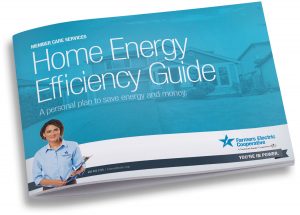
THERE’S NO QUESTION that holiday lighting can lead to higher energy bills, but the good news is there are strategies that can save you money without dampening your holiday spirit.
One of the best ways to save energy is to decorate with LEDs, which use about 80 percent less energy than incandescent bulbs. The amount of money you can save depends on a lot of factors, including how many hours per day your holiday lights are turned on.
According to one study, replacing five strings of traditional incandescent outdoor lights with LEDs could bring a $14 electricity bill down to just 22 cents. Another report said that replacing incandescent lights on a typical indoor tree with LED bulbs could lower your monthly cost from $15 to $2.
The reason incandescent bulbs are so inefficient is that at least 90% of their energy is converted into heat, not light. LEDs, by contrast, convert virtually all of their energy to light. This means up to 20 strings of LEDs can be linked together, whereas incandescent sets are typically limited to between three and five strings in a chain. Their lack of heat also makes LEDs safer, especially indoors.
Aside from their energy efficiency, LEDs last longer, too— around 200,000 hours or more, which is about 25 times longer than incandescent lights. The bulb is more durable because it is made of epoxy instead of glass.
But not all LEDs are created equal. An LED that is not designed properly can flicker, change color or draw power even when it’s turned off. To avoid these problems, purchase Energy Star rated LEDs. To qualify for that rating, LED products must use 75 percent less energy than incandescent lighting and pass additional tests.
There are other ways to cut holiday energy expenses. You can use decorative solar light sets, which store energy during the day and release light at night. Timers are a good idea because they can reduce energy use, especially if you don’t always remember to turn the lights off before bedtime.
 TAKE CHARGE.
TAKE CHARGE.
Save on your Electric bill and Request our Farmers EC Home Energy Efficiency Guide in the Efficiency hub.


